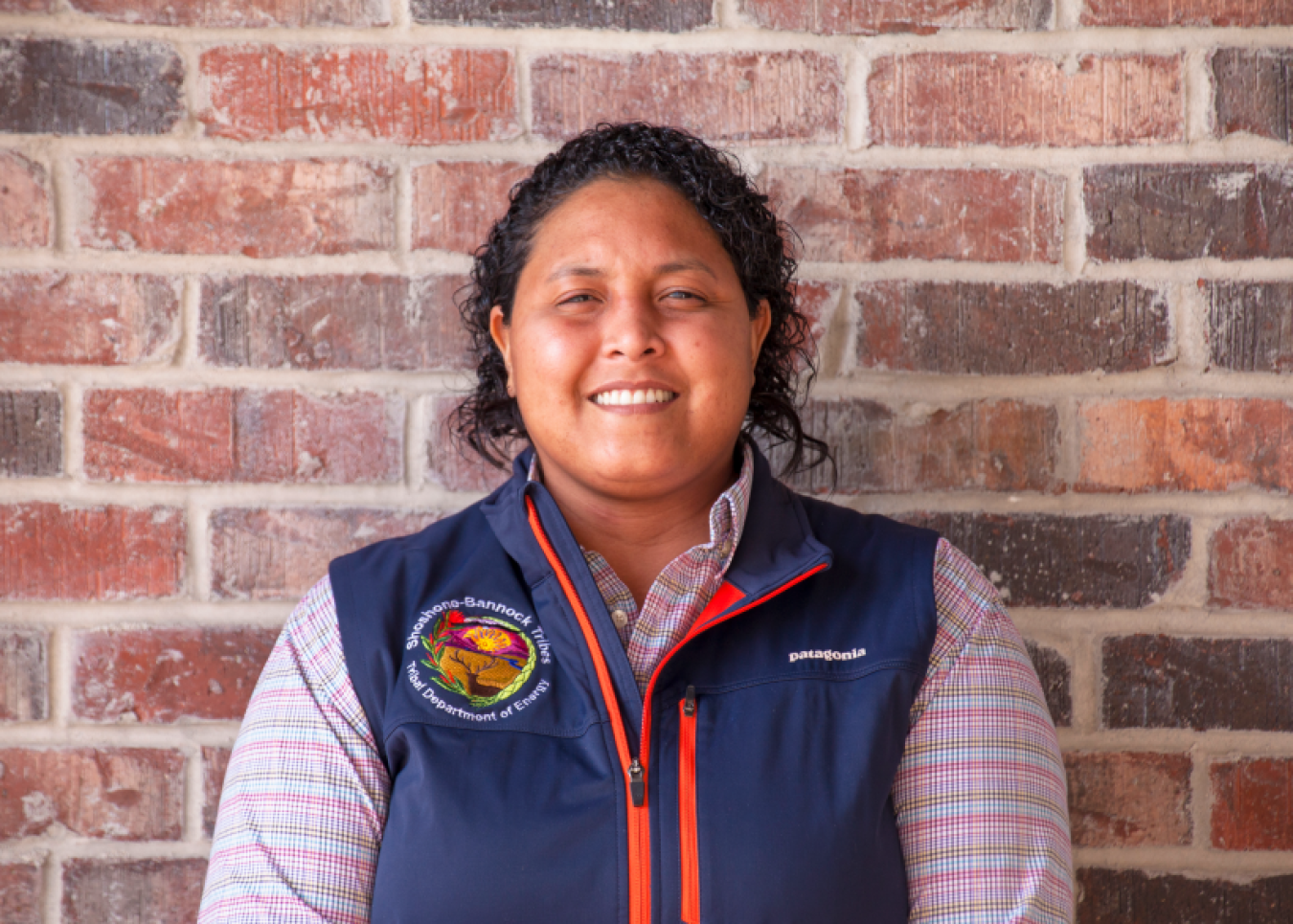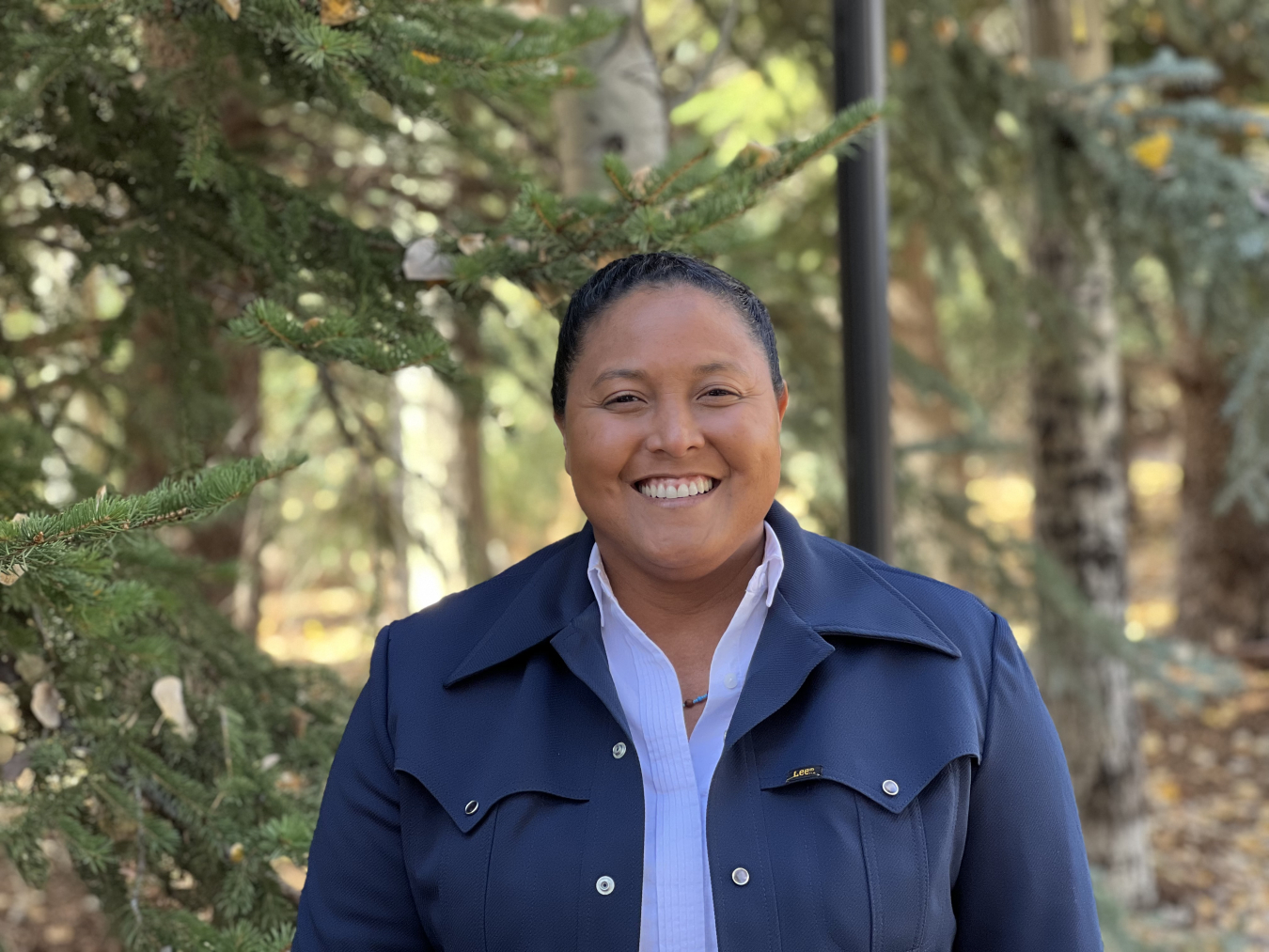In southeast Idaho, placed between the Howe Mountains, volcanic-made buttes, prehistoric lakes and sitting partially on the Eastern Snake River Plain Aquifer is the Department of Energy’s (DOE) Idaho National Laboratory (INL), Arco Site.
Idaho Cleanup Project Citizens Advisory Board
February 23, 2022
In southeast Idaho, placed between the Howe Mountains, volcanic-made buttes, prehistoric lakes and sitting partially on the Eastern Snake River Plain Aquifer is the Department of Energy’s (DOE) Idaho National Laboratory (INL), Arco Site. When the public pass through this desert on Highway 26, they see the federal government’s 300 man-made structures against the natural landscape. Unknowingly, these structures hide the remnants of the Indigenous people that lived and traveled through the west more than 13,000 years ago. The Indigenous people that inhabited the landscape were the Shoshone and Bannock ancestors, which are also my maternal ancestors. Today, we are known as the Shoshone-Bannock Tribes, the descendants living on the Fort Hall Indian Reservation, approximately 30 miles from the INL Site.
The ICP Citizens Advisory Board meetings regularly inform on legacy management clean-up progress and the health of the aquifer. In October of 2021, we were elated to have a tribal presentation, from Larae Bill, the Shoshone-Bannock Tribes Heritage Tribal Office’s (HeTO) Cultural Resources Specialist. She reminded us of the cultural lifeforce that was present before the DOE and Navy mission on the desert, which she referred to as the Indigenous way of life. Ms. Bill and other knowledgeable tribal members work alongside, DOE and Battelle Energy Alliance (BEA), collectively named the Cultural Resources Management Office (CRMO). The CRMO, in collaboration with HeTO, provides the DOE with responsible management and enforcement of regulations such as National Environmental Protection Act (NEPA), National Historic Preservation Act (NHPA), and Native American Graves Protection and Repatriation Act (NAGPRA) for the purpose of historic preservation on the INL site. Larae impressed upon everyone that these items have a deeper connection and significance to our descendants. For example, the spear and arrow projectiles made of obsidian and bone-made tools tell the story of how our ancestors lived, hunted, and traveled on the volcanic-made basaltic terrain. HeTO and CRMO regularly monitor and protect volcanic tunnels that were used by our ancestors for shelter and food preservation which is well recorded throughout the terrain from petroglyphs and pictographs. Tribal involvement with the CRMO, keep us connected and instrumental in protecting our culture and the land that provides food, water, animals, vegetation, and shelter for our ancestors.
HeTO’s main mission is to preserve, educate, and protect the Tribes funerary, ceremonial and other culturally significant items that were uncovered during the lifetime of the INL site. Each year they conduct cultural surveys, to ensure contractor’s ground disturbance do not destroy artifacts, human remains, or archeological and pre-contact sites. The department works with CRMO to provide Cultural Resources Training to contractors and federal employees to prevent unauthorized collection of artifacts. Some may think this type of collecting of artifacts is ‘cool’ and look at it as a harmless hobby, but these transgressions can ultimately “erase our past” if they continue to occur.
As a tribal member and descendent of the indigenous people that inhabited this region, these presentations are imperative for continuing each year at the CAB meetings. Sharing our culture and how our ancestors are protecting the ancestral lands will encourage the public and other generations to appreciate the landscape. We should always remember the persistent survival of the Indigenous people and the complicated ecosystem that existed before technological progress began 80 years ago on the site.
Talia Martin
Ms. Martin is a member of the Shoshone-Bannock Tribes, a federally recognized Indian Tribe. She is currently the Director of Tribal Programs at GRID Alternatives, a nationwide non-profit organization installing solar PV systems for low-income communities. Previous to being employed with GRID, she served as the Shoshone-Bannock Tribes Tribal Department of Energy Director for 6 years and an environmental scientist for 4 years. She earned her Associate of Science in Natural Sciences from Haskell Indian Nations University and her Bachelor of Arts in Chemistry and Master of Science in Pharmaceutical Chemistry from the University of Kansas. Ms. Martin is interested in environmental, minority workforce, and safety issues. She resides in Pocatello, Idaho.


